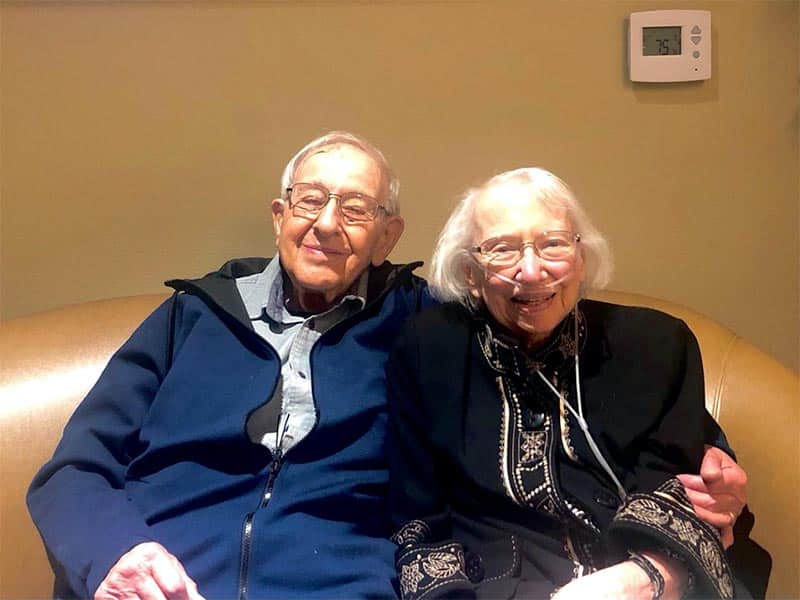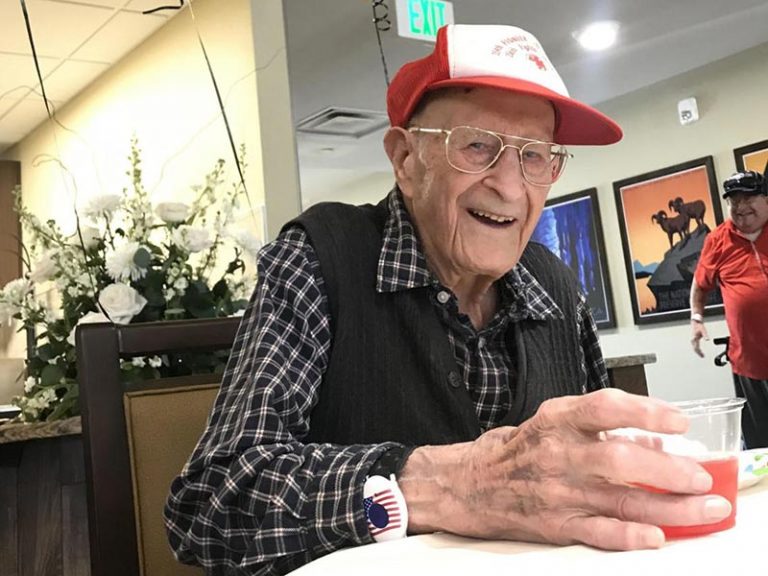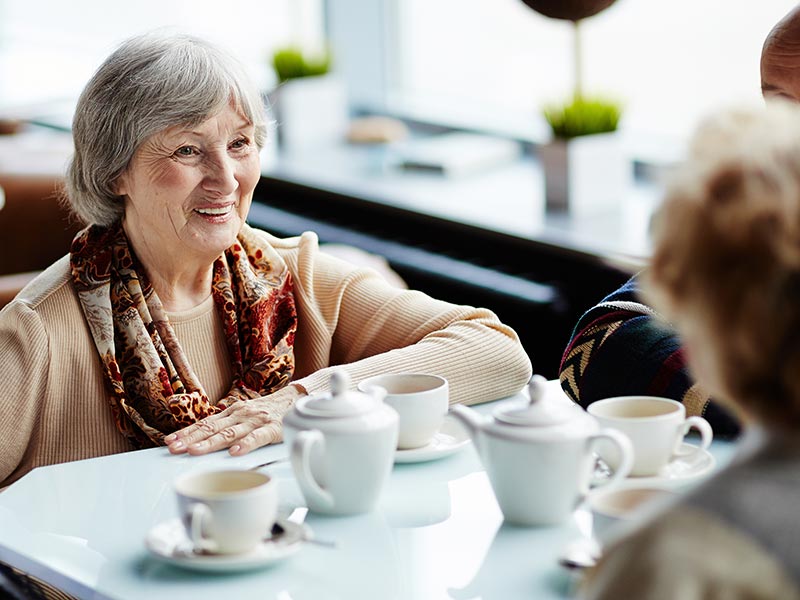
While it may be an uncomfortable topic or you think there’s no hurry, it’s beneficial for seniors and their families to start exploring the variety of options in senior living before it may become a need, such as in a moment of crisis, injury or illness.
And as difficult as it may feel, planning or at least exploring senior housing with seniors while they are healthy and independent can help make the process less stressful if a move does become necessary to help ensure someone’s quality of life in later years.
Here are some of the biggest reasons to examine options with your loved one now:
It can be dangerous to live alone
As seniors’ bodies age, they will experience an increased risk of accidents from even the most mundane household tasks, from doing yardwork, to sweeping the floor, to folding the laundry. As immune systems weaken, less hygienic conditions become even more dangerous, and walking down a slippery driveway to retrieve the mail can lead to a fall that limits their mobility. But by understanding your loved one’s senior living preferences and concerns now, you can be more confident they’ll stay safe in the years to come.
Living in a community makes it easier to stay social

Senior living communities make it easier for seniors to socialize in groups, engage with others, express themselves and discover new interests. Feeling isolated has a negative impact on seniors’ physical and emotional health, and research shows that loneliness and depression can even shorten one’s lifespan. Ensuring proximity to social events, activities, classes and friends can help your loved one ward off the isolation particularly common after late-in-life events like retirement or the loss of a spouse.
A hurried decision can lead to financial mistakes
It’s important for seniors to reserve enough time to choose the right senior living community for them, considering their finances, available housing types and possible locations. With many kinds of senior housing serving many different needs — including independent living, assisted living, memory support, and skilled nursing facilities — it’s a good idea to start researching now. Looking at the big picture early on will give you and your loved one some idea of what is affordable down the road, without running into financial trouble.
It can be difficult to sell your home
Any last-ditch decision about senior living can be a potential drain on you and your loved one’s time, resources and finances. While downsizing in real estate is typically good for the pocketbook, it’s still important for your loved one to sell in a market that will maximize their original investment. Seniors who try to navigate the process themselves may also fall for an unscrupulous or predatory broker.
Choosing the right senior housing option can be a hard decision. Choosing Jackson Creek is easy. Learn more about our exceptional lifestyle during a complimentary private tour. Schedule your visit online or call us today at 719-725-6060.
The Jackson Creek Senior Living community is designed and staffed to support all facets of health and happiness for our residents and their loved ones. Our independent living, assisted living and memory support apartments offer opportunities to build friendships and explore new hobbies, with the peace of mind that our 24/7 staff is available to provide additional support if it’s ever needed.









